Speaking of houses, his home in St. Albans:
Area became known as the Black Gold Coast years after Ruth lived there.
 https://untappedcities.com/category/new-york/
Explore Queens’ Addisleigh Park, the “African-American Gold Coast of NY”
https://untappedcities.com/category/new-york/
Explore Queens’ Addisleigh Park, the “African-American Gold Coast of NY”
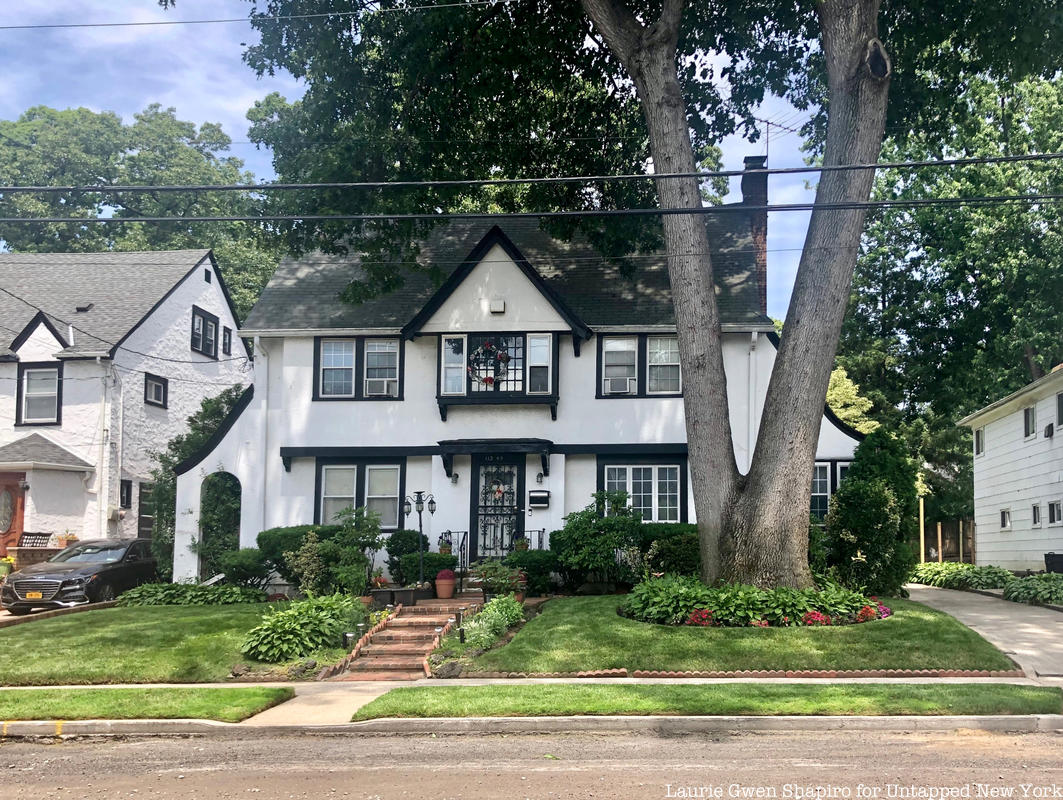 Noah Sheidlower
Noah Sheidlower
In the St. Albans neighborhood of
Queens is a suburban enclave called
Addisleigh Park, a historically African-American and Caribbean neighborhood home. Although the area is rather obscure even for New Yorkers, the neighborhood was home to talented figures like Ella Fitzgerald,
Jackie Robinson, Lena Horne, Count Basie, and Cootie Williams, among many others.
Babe Ruth’s House at 114-07 175th Street
The area was mainly developed in the 1920s and 1930s, developed by the Burfey Realty Company, and originally the area attracted famous golfers since Addisleigh Park was built close to the St. Albans Golf Course. Drawn by the golf course, Babe Ruth also had a home in the area at 114-07 175th Street, which was primarily settled by white families at the time. The area was initially created as a segregated area for white people, yet by the 1940s, this policy was reversed and many African-American families began to move into the area. Addisleigh Park contains around 650 homes in English Tudor and neo-Colonial Revival style, many built between 1910 and 1930.
Lena Horne lived at 112-45 178th Street
In the 1930s, a white policeman sold his house in Addisleigh Park to an African-American man as a result of a feud with a neighbor, and despite policies restricting Blacks from purchasing properties in the neighborhood, Fats Waller became the Black jazz musician to arrive in the 1930s. Figures like singer Lena Horne and jazz musician Count Basie moved into the area in the 1940s, yet in the same decade,
two lawsuits were filed (Dury et. al. v. Neely et. ux in 1942, and Kemp et. al. v. Rubin et. al. in 1947) against homeowners who were accused of selling their houses to African-Americans. In 1947, a judge ruled in favor of the plaintiffs, yet the judge also noted that several African-Americans already lived in the neighborhood. The Supreme Court later ruled that racially restricted covenants were unconstitutional because they violated the Equal Protection Clause of the Fourteenth Amendment. The decision led to a large increase in the Black population in the neighborhood.
Ella Fitzgerald and Ray Brown’s house at 179-07 Murdock Street
Still, the area struggled to transition from predominantly white to majority Black, with various tactics used to keep Black residents away. Some residents found notes slipped under their doors warning of “Negroes entering St. Albans.” Other residents continued to refuse to sell their property to African-Americans, while others put their homes on the market at significantly higher prices than their actual value. Despite these efforts, the area soon became known as the African-American Gold Coast in New York, even though a majority of homeowners were not wealthy or famous. Rather, they were hard-working families working jobs like building contractors or civil service workers.
Home of Jackie Robinson at 112-40 177th Street
Just a few years after the Supreme Court ruling, Addisleigh Park transitioned into becoming a very affluent Black community, with residents including John Coltrane, Dodgers catcher Roy Campanella, and boxer Joe Louis. The area was considered one of the most affluent Black communities in the country, and it has stayed that way for the last 70 years, as the area is about 90 percent Black with an average household income of over $80,000. Jackie Robinson would move to 112-40 177th Street in Addisleigh Park from his
Flatbush home in 1949, and Count Basie would host community events like a 1961
Juneteenth pool party at his home. Many of the original homes are still standing, and much of the area’s nature is well-kept.
174-27 Adelaide Road was the home of jazz star Count Basie
According to Laurie Gwen Shapiro, author of
The Stowaway, who recently went to the neighborhood on research for her next book and offered us the pictures, “I met many residents who asked me why I was walking around and after a few words of explanation everyone I spoke to was thrilled I was interested in local history and told me other buildings that are not listed – like where Mercer Ellington and Willie Mays and Wild Bill Davis lived. Everyone I met had lived there for over 30 years and said no one ever moves. It is home.”
113-02 175th Street was the home of jazz musician Mercer Ellington
The neighborhood was declared a historic district by the NYC Landmarks Preservation Commission in 2011. In the 374 page designation report, the Landmarks Preservation Commission contends that “Today Addisleigh Park remains a distinctive enclave with a remarkable sense of place due to its period revival style houses that are set back from the street on spacious welllandscaped lawns and its remarkable history that illuminates African Americans‟ struggle for and achievement of the basic civil right of home ownership.”
175-12 Murdock Ave was the home of Joe Louis the boxer
In 2007, the Historic Districts Council and the Addisleigh Park Civic Organization worked to document the neighborhood’s architecture and social significance, including summaries of each property and interviews with residents. There is also a
partial guide to the homes in the area with information like construction date, address, and extra information; for example, 179-07 Murdock Avenue was the former home of singer Ella Fitzgerald and jazz musician Ray Brown and was built in 1930.
114-10 179th Street was the home of baseball player Roy Campanella
173-19 113th Street, the former home of activist W. E. B. DuBois and author Shirley Graham.
112-27 177th Street was the home of vocalist Herbert Mills of the Mills Brothers
According to
historian Jane Cowan writing for the Historic Districts Council, “To these prominent African-Americans (and hundreds of other African-Americans who followed who were not household names), Addisleigh represented a community that was welcoming; it was a break from the hustle and bustle of New York City; it was a place where they could raise their children with a backyard and a lawn, in a peaceful, safe community; and it presented an opportunity to reap the rewards of suburban living without leaving the boundaries of New York.”






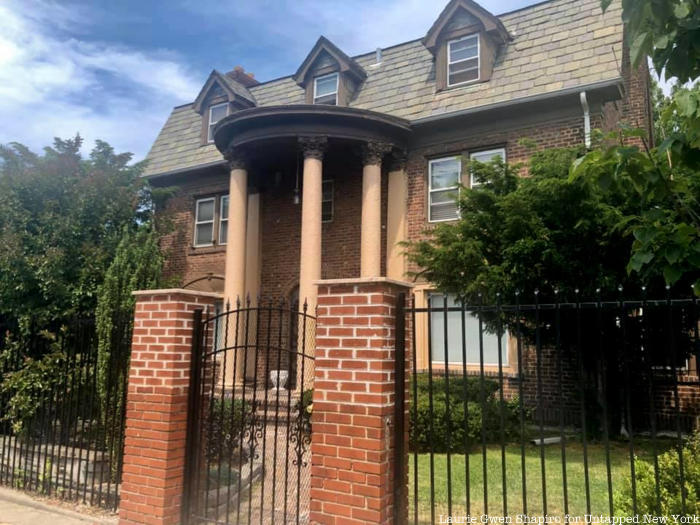
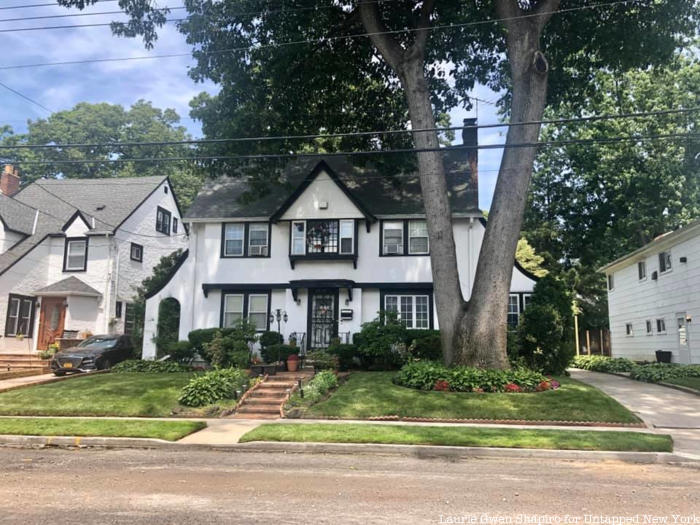
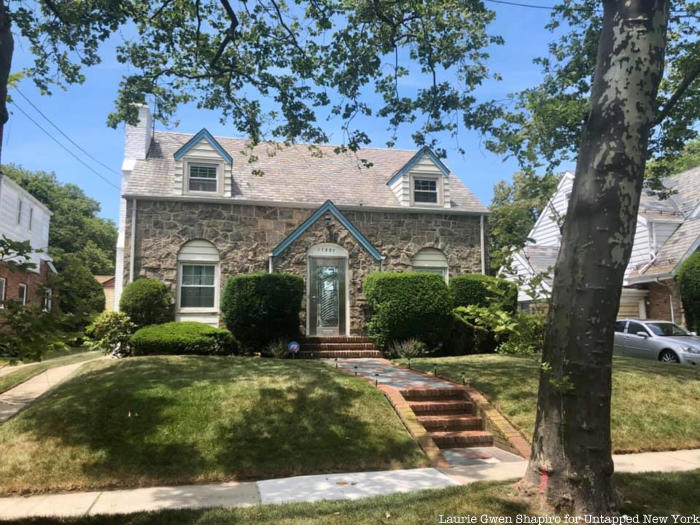
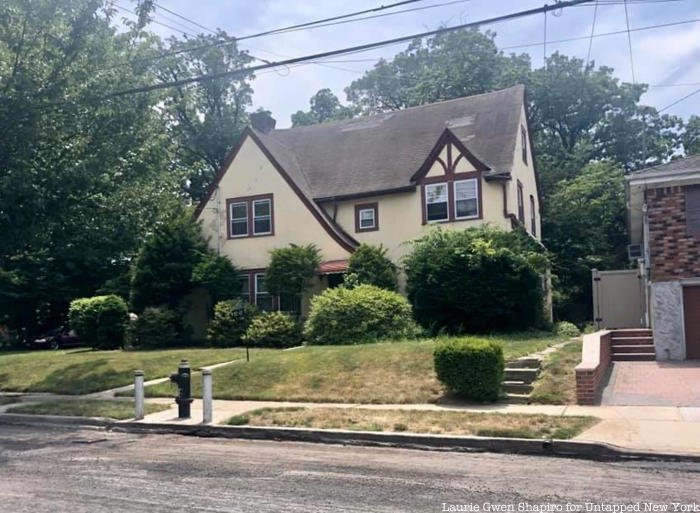
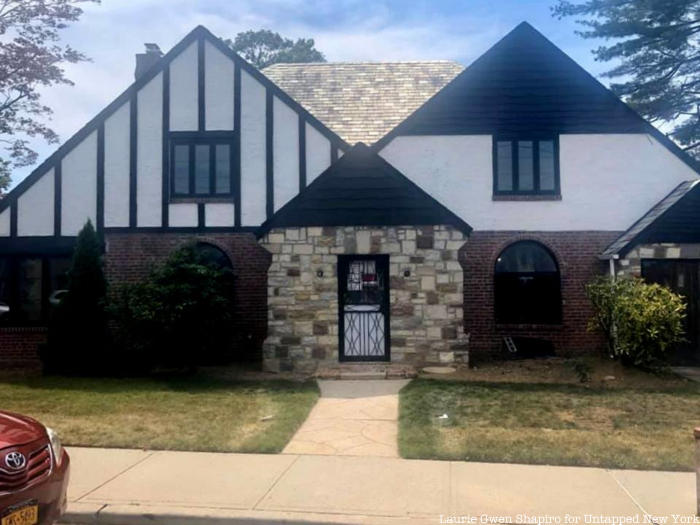
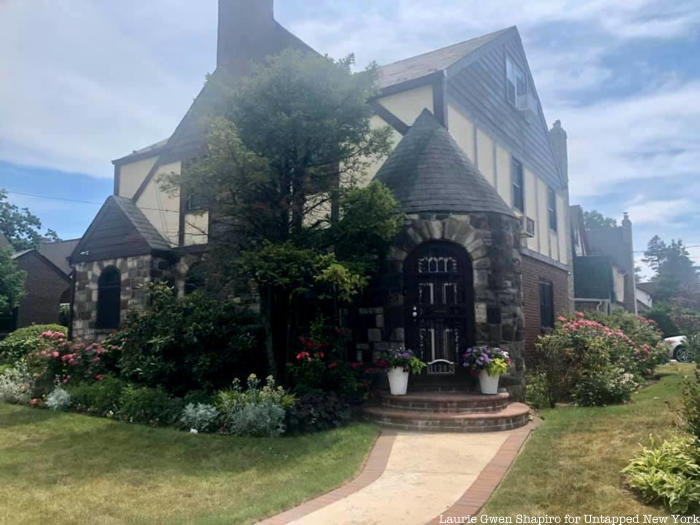
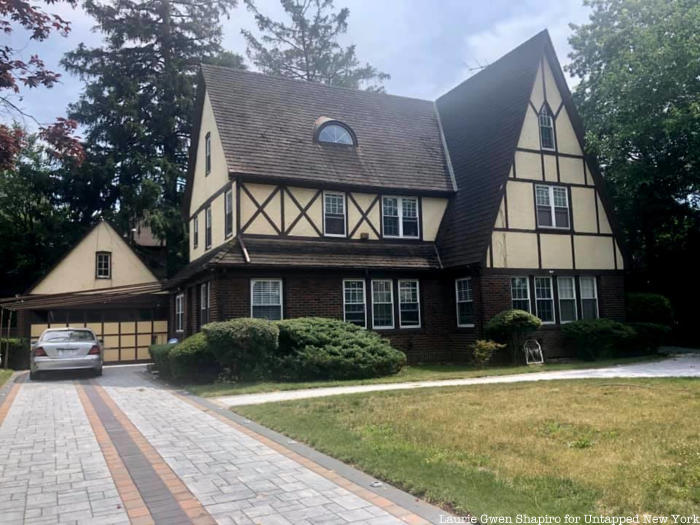
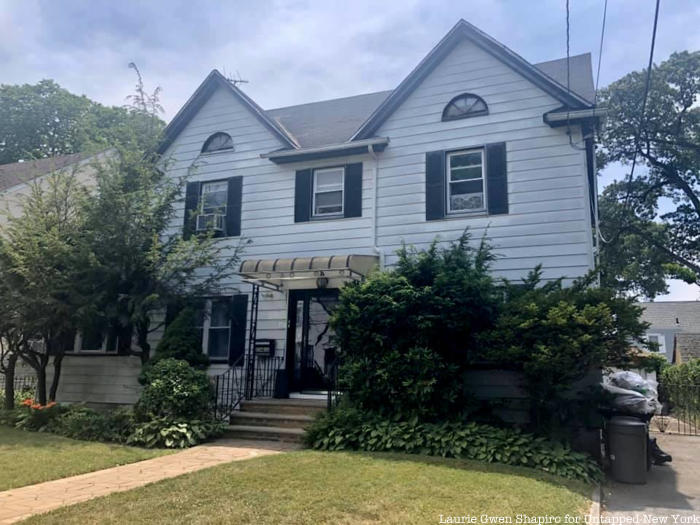
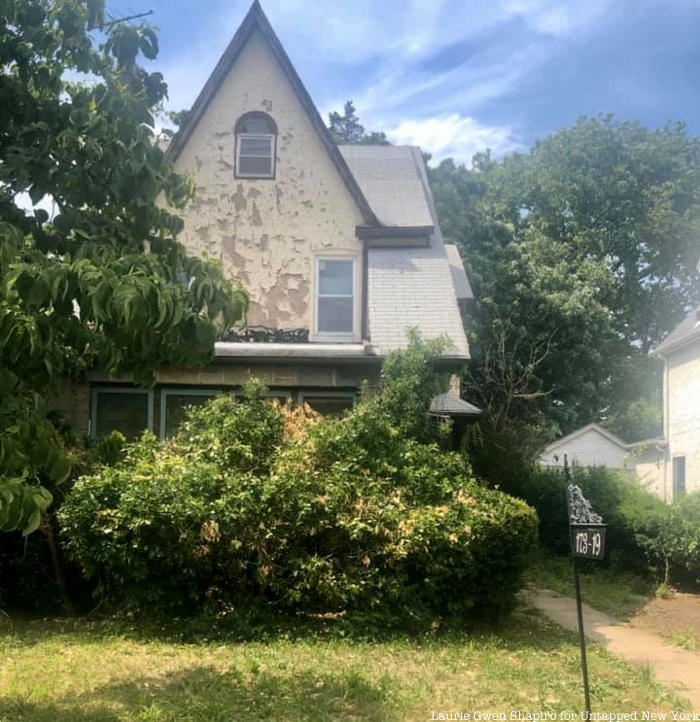
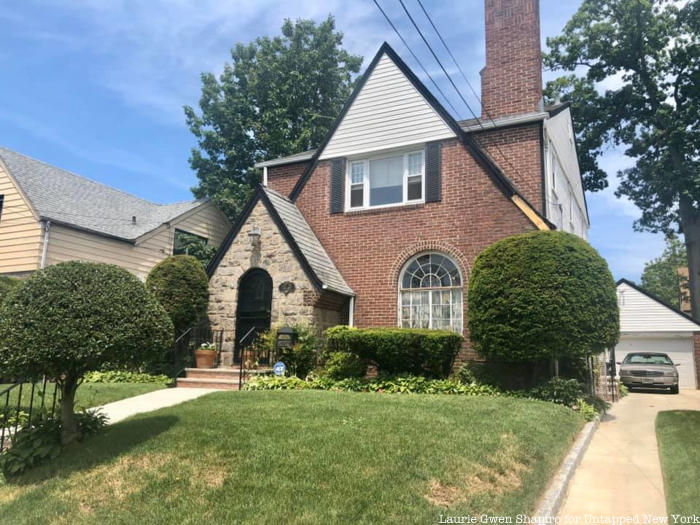
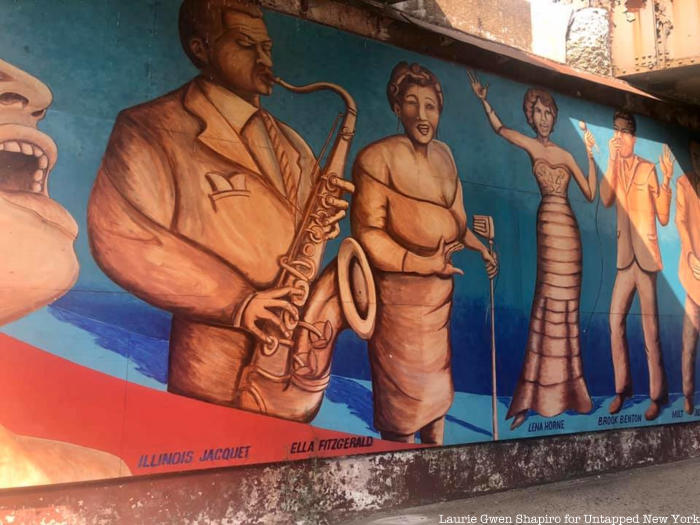





“







